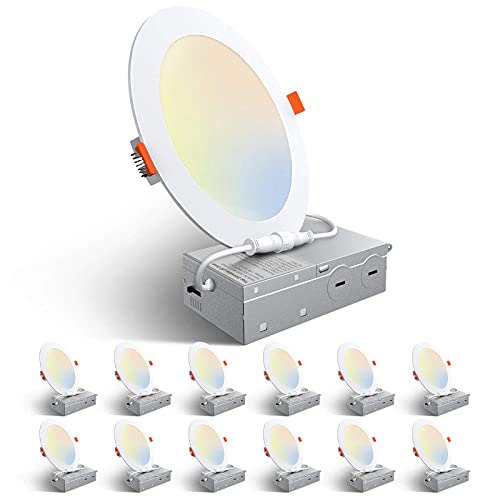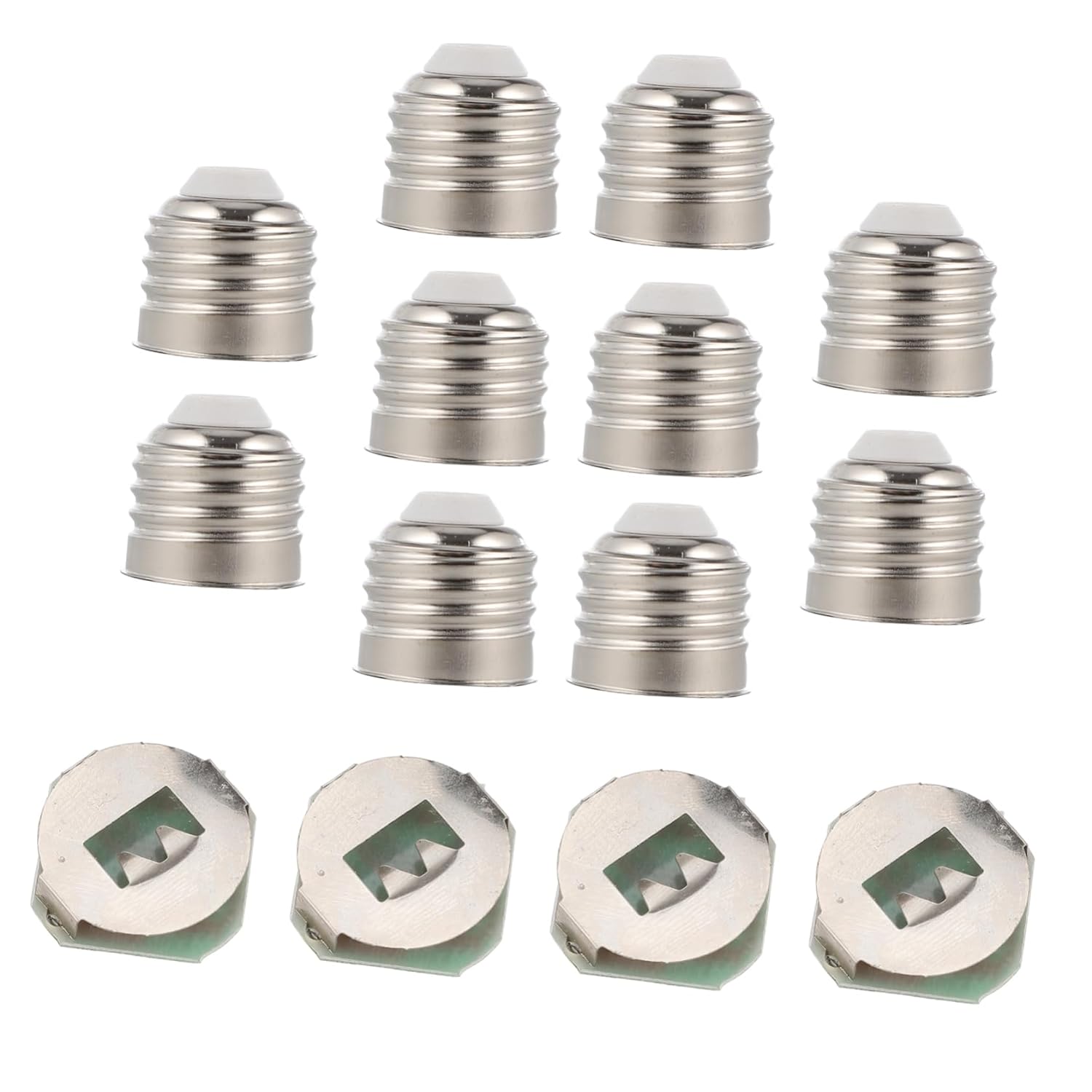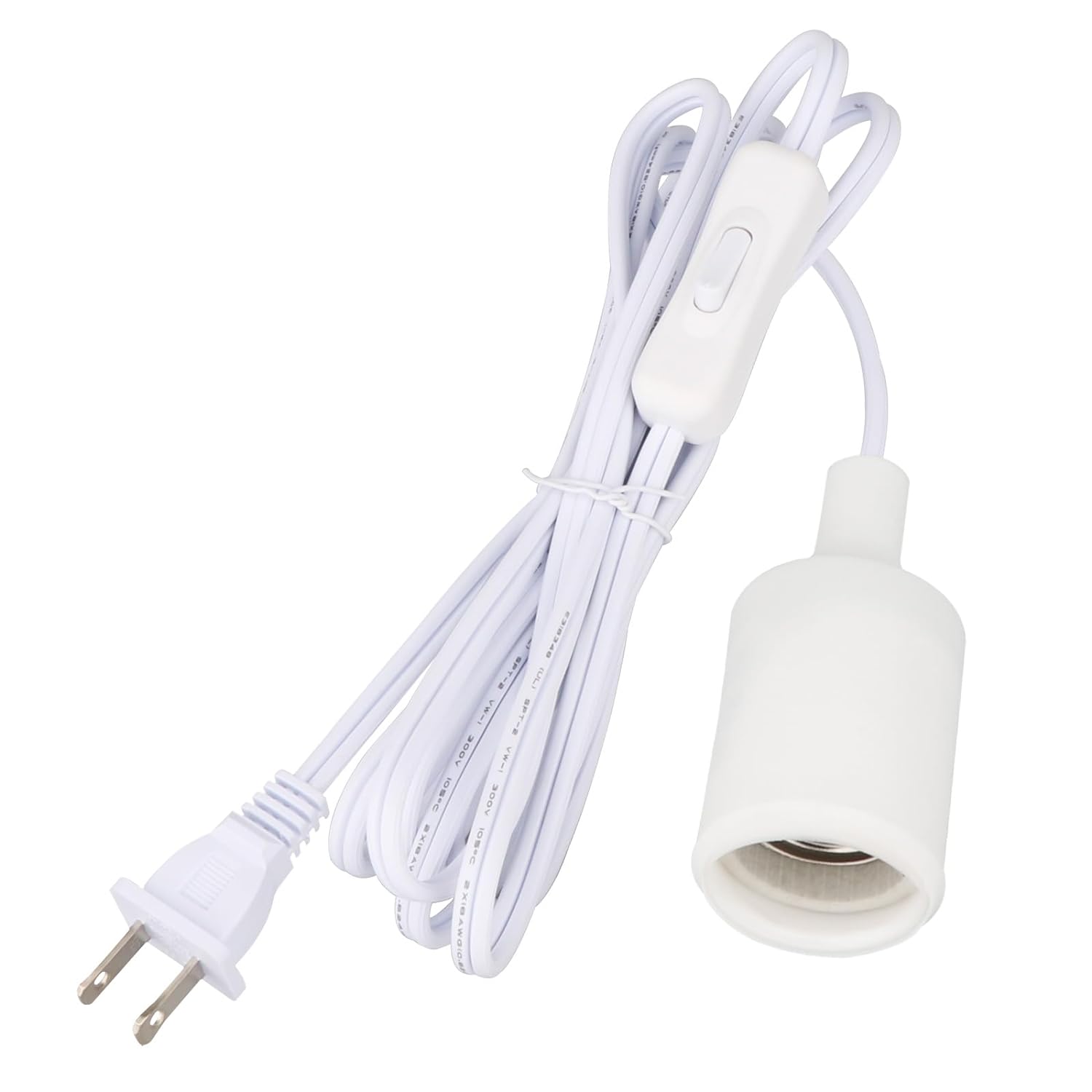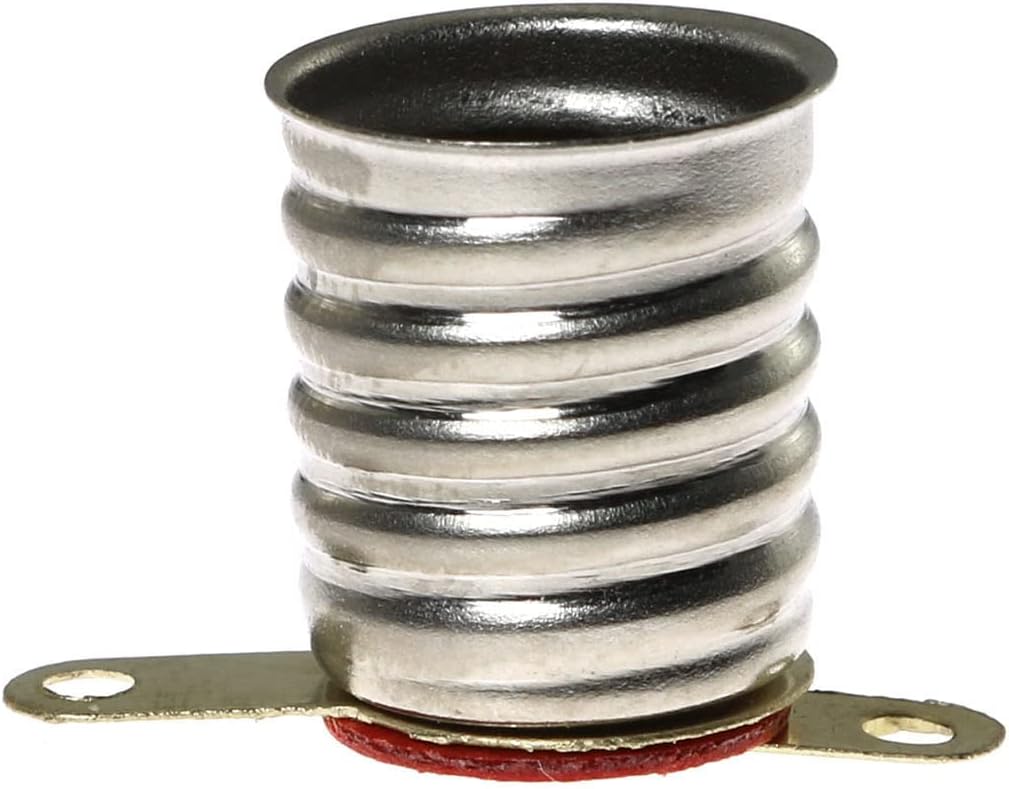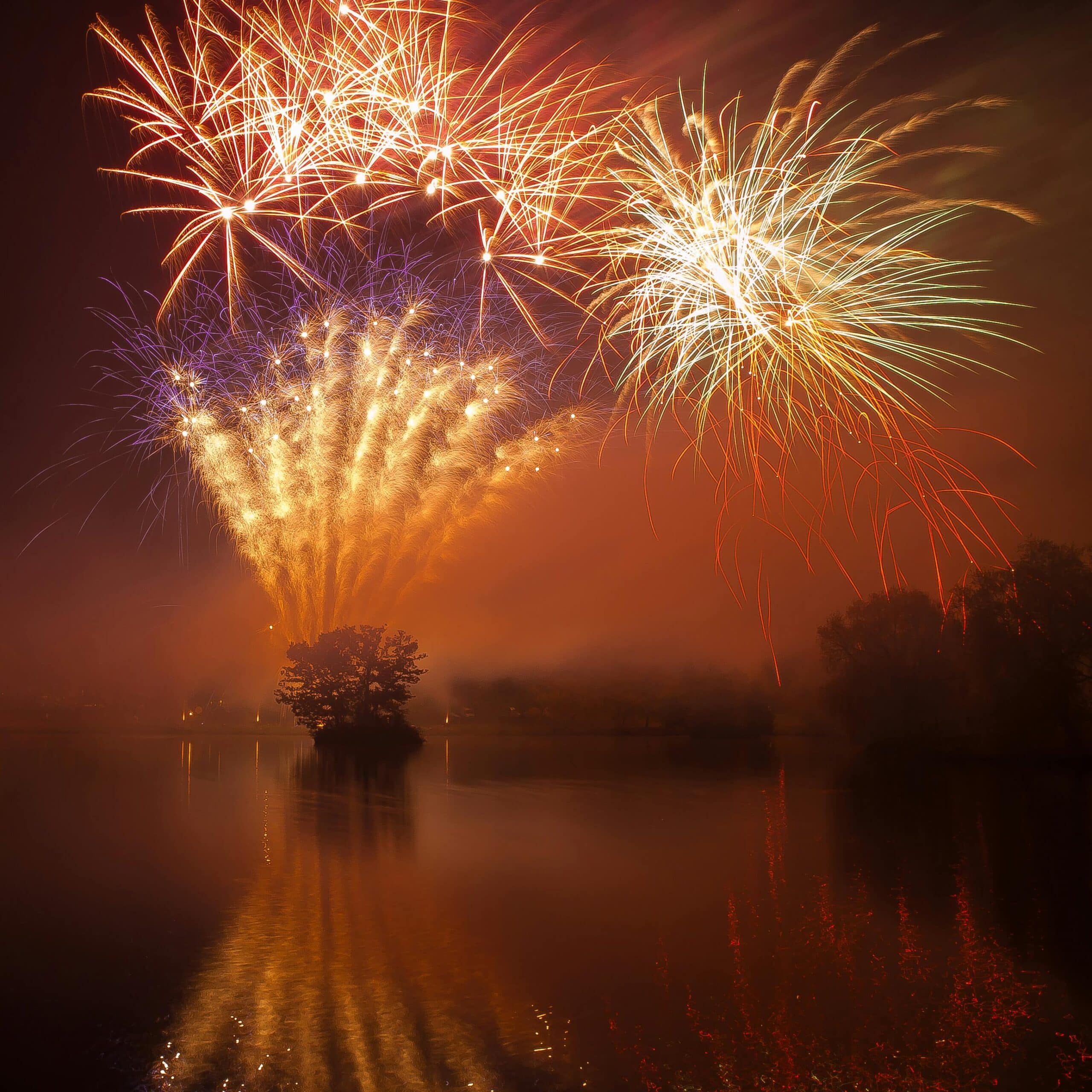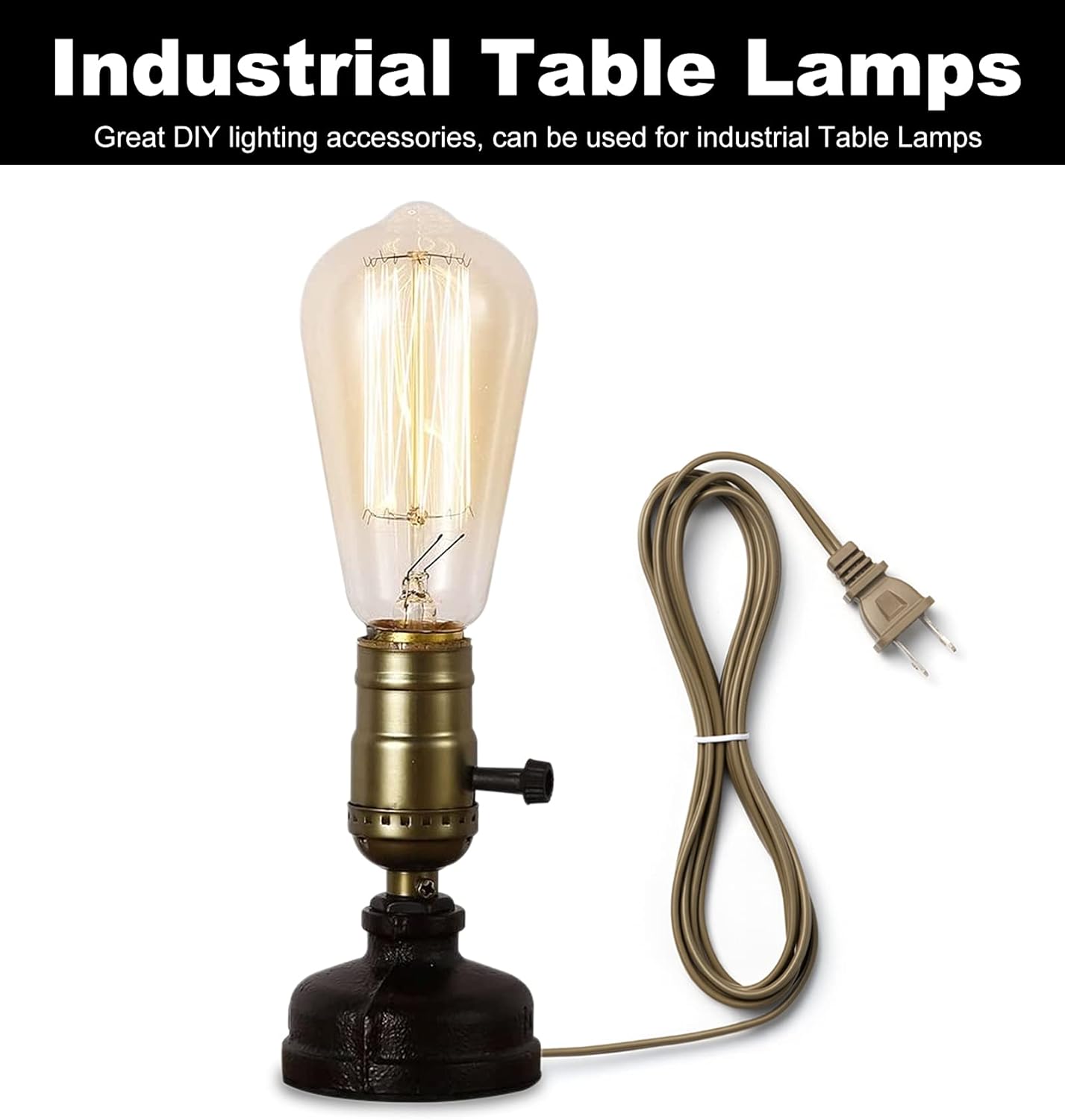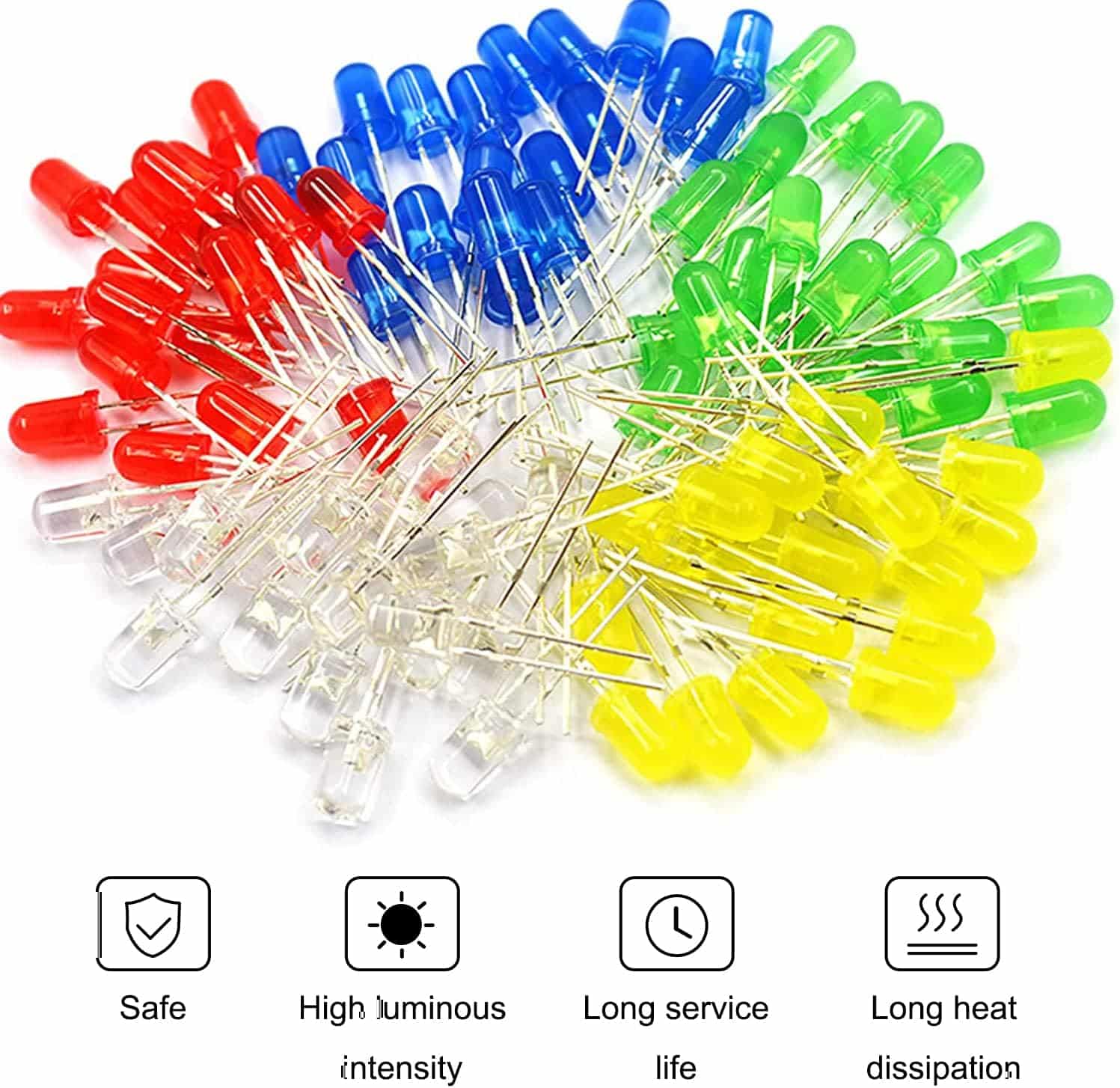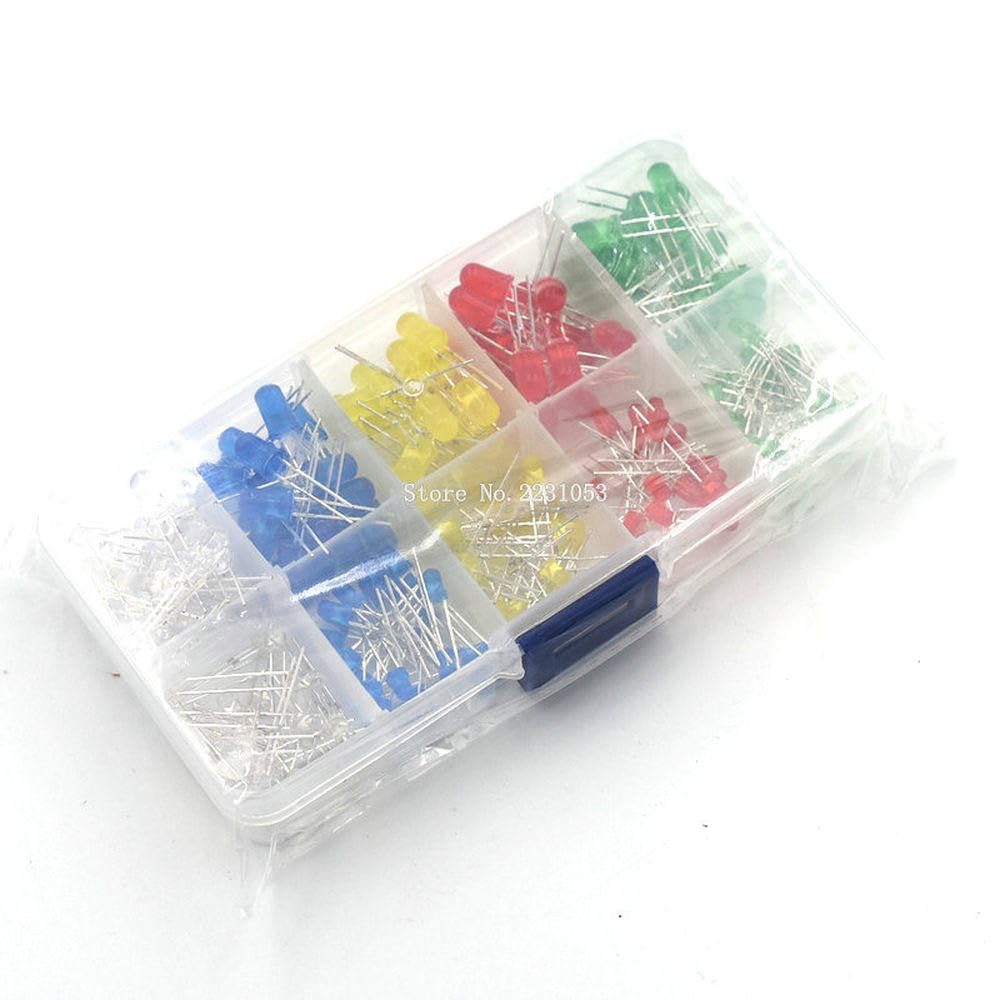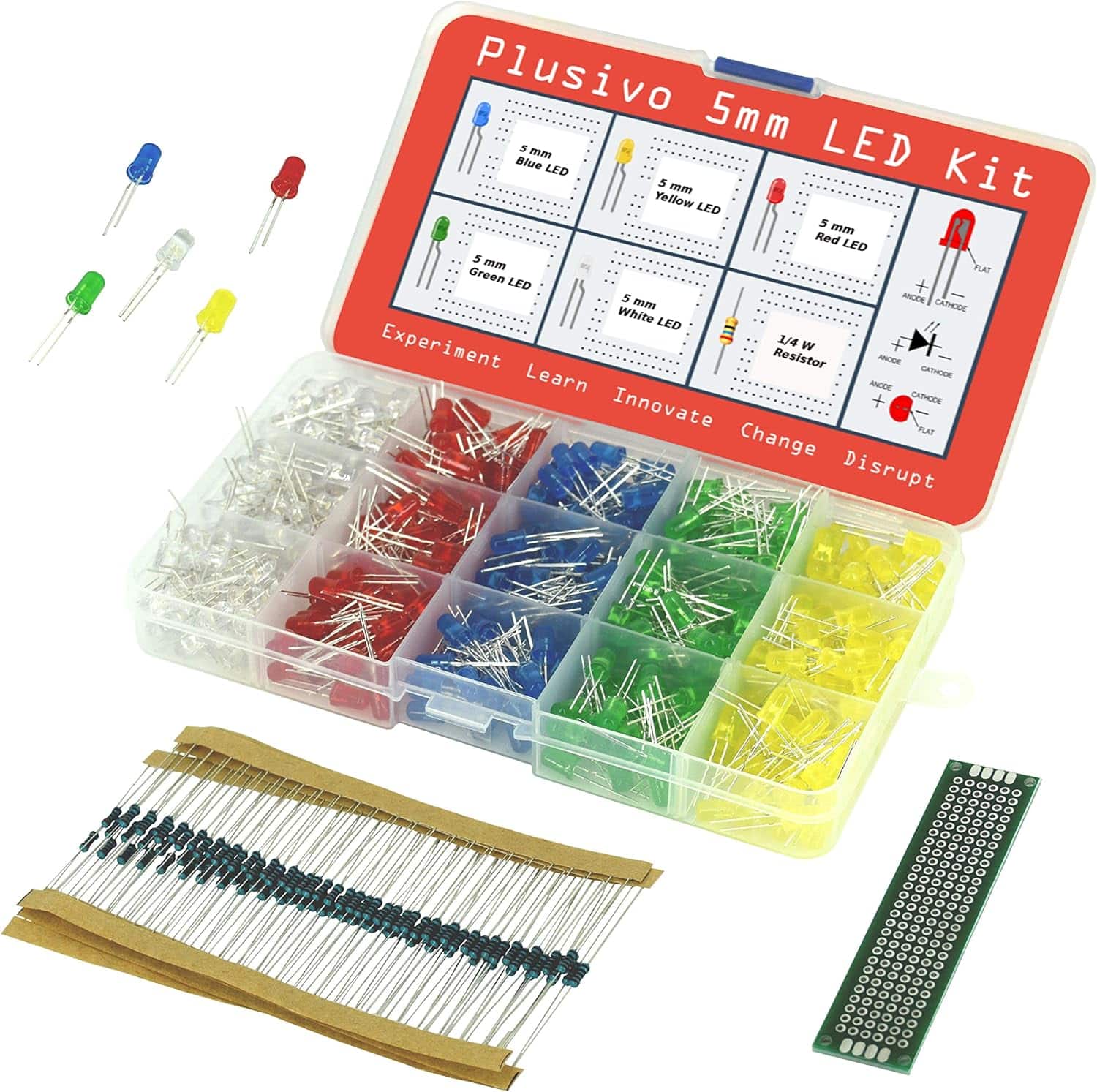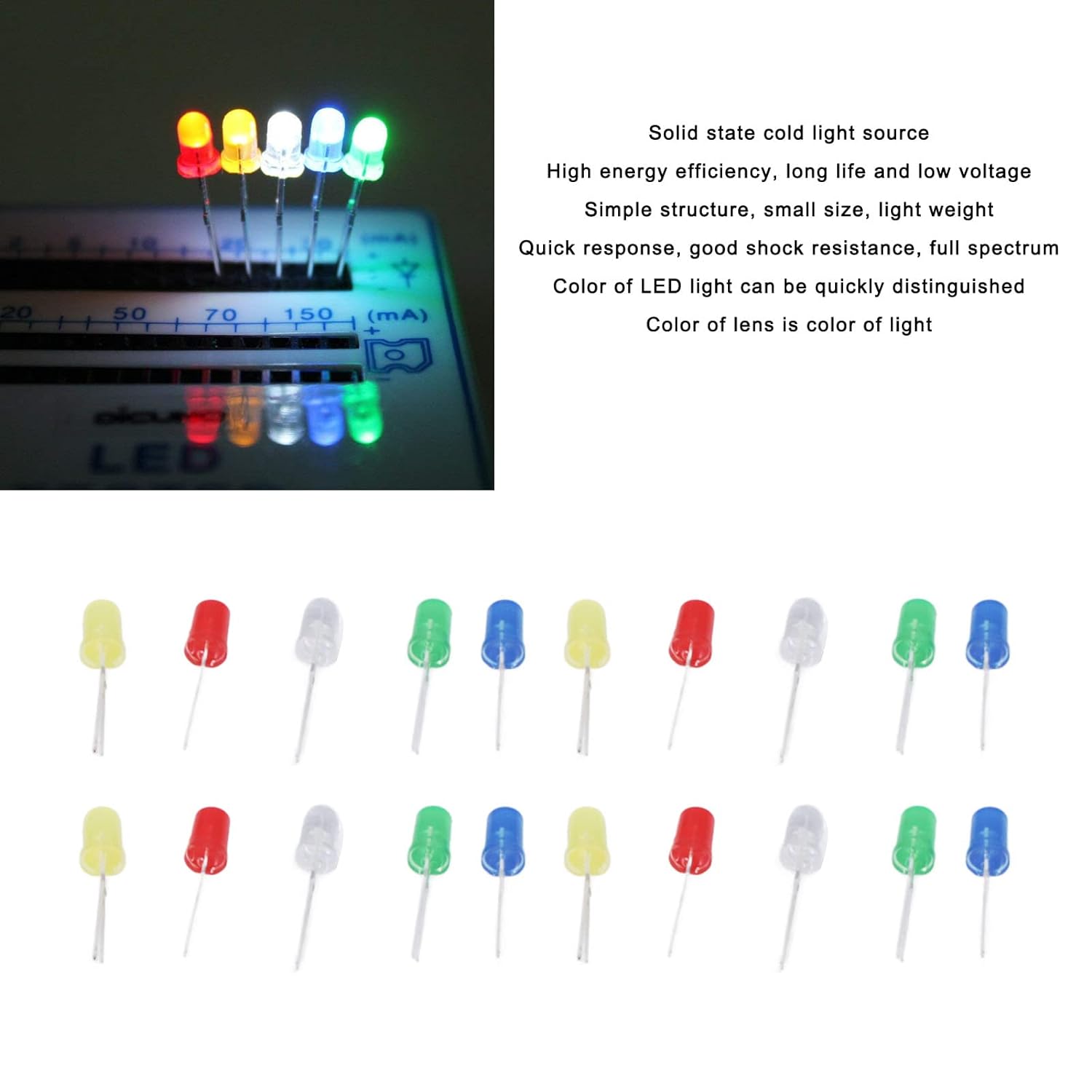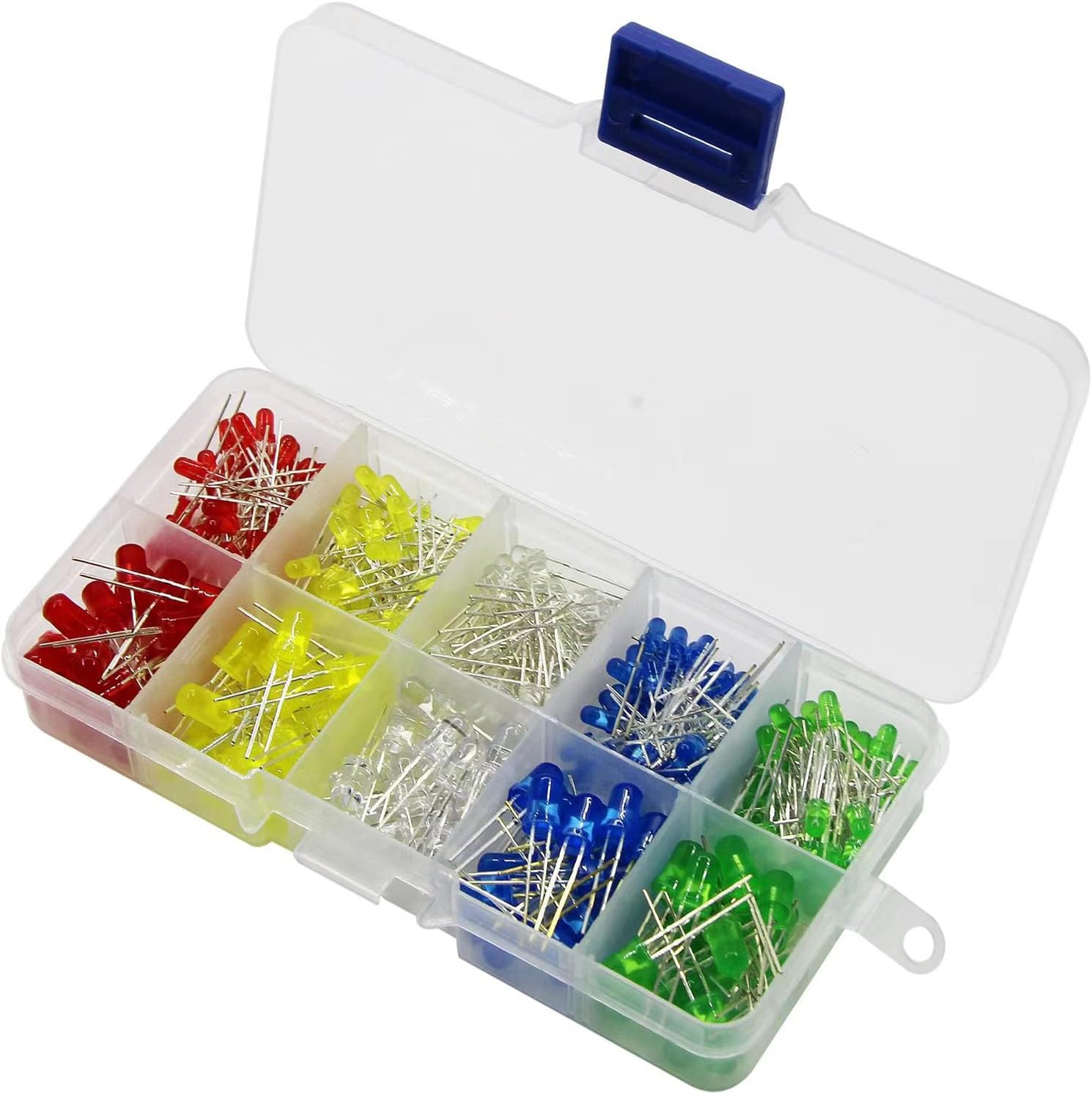In this step-by-step guide, I will show you how to replace a bulb in a recessed LED fixture. These sleek and energy-efficient lighting solutions are becoming increasingly popular in modern homes and offices. However, knowing how to replace a bulb can be a bit tricky, which is why I am here to help! So, let’s get started and shed some light on this process! Oh, and by the way, did you know that some LED bulbs can last up to 25,000 hours? That’s longer than the average lifespan of a hamster! Now, let’s dive into the guide.
Top-Selling Recessed LED Lights



Step 1: Gather necessary tools
To successfully complete the first step of changing a light bulb, please gather the necessary tools before starting. Begin by retrieving a sturdy ladder that reaches the height of the light fixture. Ensure your safety by wearing a pair of gloves, which will protect your hands from potential accidents. Lastly, have a new LED bulb ready to replace the old one.


Step 2: Turn off the power
To ensure the power to the fixture is turned off, begin by locating the circuit breaker or switch that controls the electricity. Once located, firmly switch it off to cut off the power supply. Confirm that the fixture is no longer receiving any electricity before proceeding to the next step.
Step 3: Remove the trim
To remove the trim from the recessed LED fixture, start by carefully determining whether it needs to be unscrewed or released using clips or springs. If it has screws, use a screwdriver to gently unscrew them. If it has clips or springs, push them inwards to release the trim. Take your time and proceed with caution to avoid damaging the fixture or surrounding area.



Step 4: Remove the old bulb
To remove the old bulb, start by gently twisting it counterclockwise to disconnect it from the socket. For example, place your hand on the bulb and rotate it to the left until it becomes loose. Once the bulb is detached, carefully remove it from the fixture. Take care to avoid applying excessive force or shaking the bulb to prevent any breakage.
Step 5: Insert the new bulb
To insert the new bulb, start by taking the LED bulb and aligning the pins or base with the socket. For example, if the bulb has two pins at the bottom, make sure they line up with the corresponding holes in the socket. Then, gently push and twist the bulb clockwise until you feel it securely in place. It should fit snugly without any wobbling or movement.
Step 6: Replace the trim
Position the trim back onto the recessed LED fixture. If there are screws, tighten them until the trim is secure. If there are clips or springs, press them down firmly until the trim snaps into place.
Step 7: Turn on the power
To turn on the power for your fixture after it has been securely installed:
- Return to the circuit breaker or switch that you had turned off earlier.
- Flip the switch or turn the circuit breaker back to the “on” position.
- Wait for a few seconds to allow the power to flow into the fixture.
- Double-check that the fixture is receiving power by testing it with the appropriate method, such as turning on the light or checking if the device is functioning properly.
Remember to exercise caution while handling electrical equipment and ensure proper safety measures are followed throughout the installation process.
Step 8: Test the new bulb
To test the new bulb, follow these steps:
- Step 1: Switch on the light switch.
- Step 2: Check if the new LED bulb lights up.
- Step 3: If the bulb doesn’t light up, double-check the connections.
- Step 4: Ensure that the power supply is switched on.
By following these simple instructions, you can easily verify if the new bulb is working properly. Remember, if the bulb doesn’t light up, troubleshoot the connections and ensure the power supply is switched on.
Finishing touches for success
After carefully walking you through the process, we have reached the end of our guide on how to replace a bulb in a recessed LED fixture. By now, you should feel confident and equipped with the knowledge to tackle this task on your own. Remember to always exercise caution and follow the manufacturer’s instructions for safety. With a few simple steps, you can quickly replace the bulb and transform your space into a beautifully illuminated area. Happy bulb replacing!
The Essentials







Shedding Some Light
Step-by-Step Guide to Mastering Recessed LED Lighting
- Determine the purpose: Decide whether you want to use recessed LED lights for general lighting, task lighting, or accent lighting. This will help you determine the positioning and number of lights needed
- Choose the right fixtures: There are different types of recessed LED lights available, such as adjustable, fixed, or gimbal. Select fixtures based on your desired lighting effect and the specific area you want to illuminate
- Plan the layout: Before installation, create a lighting layout plan. Consider the room’s dimensions, furniture placement, and any architectural features. Determine the spacing and placement of the recessed lights to achieve even illumination
- Select the appropriate color temperature: LED lights come in various color temperatures, ranging from warm (2700K-3000K) to cool (5000K-6500K). Choose a color temperature that complements the room’s purpose and ambiance
- Install the lights: Follow the manufacturer’s instructions for installation. Ensure the power is turned off before installing and use appropriate tools. If unsure, it’s always best to consult a professional electrician for assistance
- Remember, recessed LED lights can add a beautiful and functional touch to any space, so take your time to plan and enjoy the process of enhancing your lighting design
Frequently Asked Questions: Recessed LED Lighting Explained
Are there any specific guidelines for spacing and placement of Recessed LEDs to ensure optimal lighting design?
Yes, there are specific guidelines for spacing and placement of recessed LEDs to ensure optimal lighting design. The general rule of thumb is to space them apart at a distance equal to half the height of the ceiling. For example, if your ceiling is 8 feet high, you should space the recessed LEDs approximately 4 feet apart.
Additionally, the placement of the recessed LEDs should be arranged in a grid-like pattern. This ensures that the light distribution is even throughout the room. By using a grid layout, you can achieve consistent and uniform lighting without any dark spots or overlapping bright areas.
It’s also important to consider the specific task or area you want to illuminate. For general ambient lighting, a spacing ratio of 1:1 to 1:1.5 (distance between lights to distance from wall) is usually recommended. However, if you’re lighting a specific task area, such as a kitchen countertop or a reading nook, a spacing ratio of 1:2 to 1:2.5 might be more suitable to provide adequate brightness.
Lastly, take into account the wattage and beam angle of the recessed LEDs. Higher wattage bulbs will provide brighter light, while bulbs with wider beam angles will spread the light over a larger area. This can affect the spacing and placement requirements.
Keep in mind that these guidelines can vary depending on personal preferences, the size and shape of the room, and the desired lighting effect. It’s always advisable to consult a professional lighting designer or an electrician for a more specific recommendation based on your unique requirements.
What are Recessed LEDs and how do they differ from other types of lighting?
Recessed LEDs, also known as recessed lights or downlights, are a type of lighting fixture that is installed flush with the surface they are mounted on, typically in ceilings or walls. They offer a sleek and modern look while providing focused illumination to a specific area or space.
What sets recessed LEDs apart from other types of lighting is their energy efficiency and longevity. LED stands for Light Emitting Diode, which means that these fixtures use semiconductors to convert electricity into light. This technology allows LEDs to consume significantly less energy compared to traditional incandescent or fluorescent lights. Additionally, LEDs have an impressive lifespan, often lasting tens of thousands of hours before needing replacement.
Another distinguishing feature of recessed LEDs is their versatility. They can be installed in various environments, both indoor and outdoor, and come in a wide range of sizes, shapes, and color temperatures to suit different preferences and purposes. From soft and warm lighting for a cozy ambiance to bright and cool lighting for task-oriented spaces, recessed LEDs offer flexibility in creating the desired atmosphere.
In terms of installation, recessed LEDs require a hollow opening in the ceiling or wall where they can be mounted securely. This may involve cutting into the surface and creating a housing for the fixture. However, with the right tools and expertise, it is relatively straightforward to install recessed LEDs.
Overall, recessed LEDs provide a combination of energy efficiency, longevity, and aesthetic appeal that sets them apart from other types of lighting. They offer a modern and seamless lighting solution suitable for a variety of spaces, bringing both functionality and style to any room.

